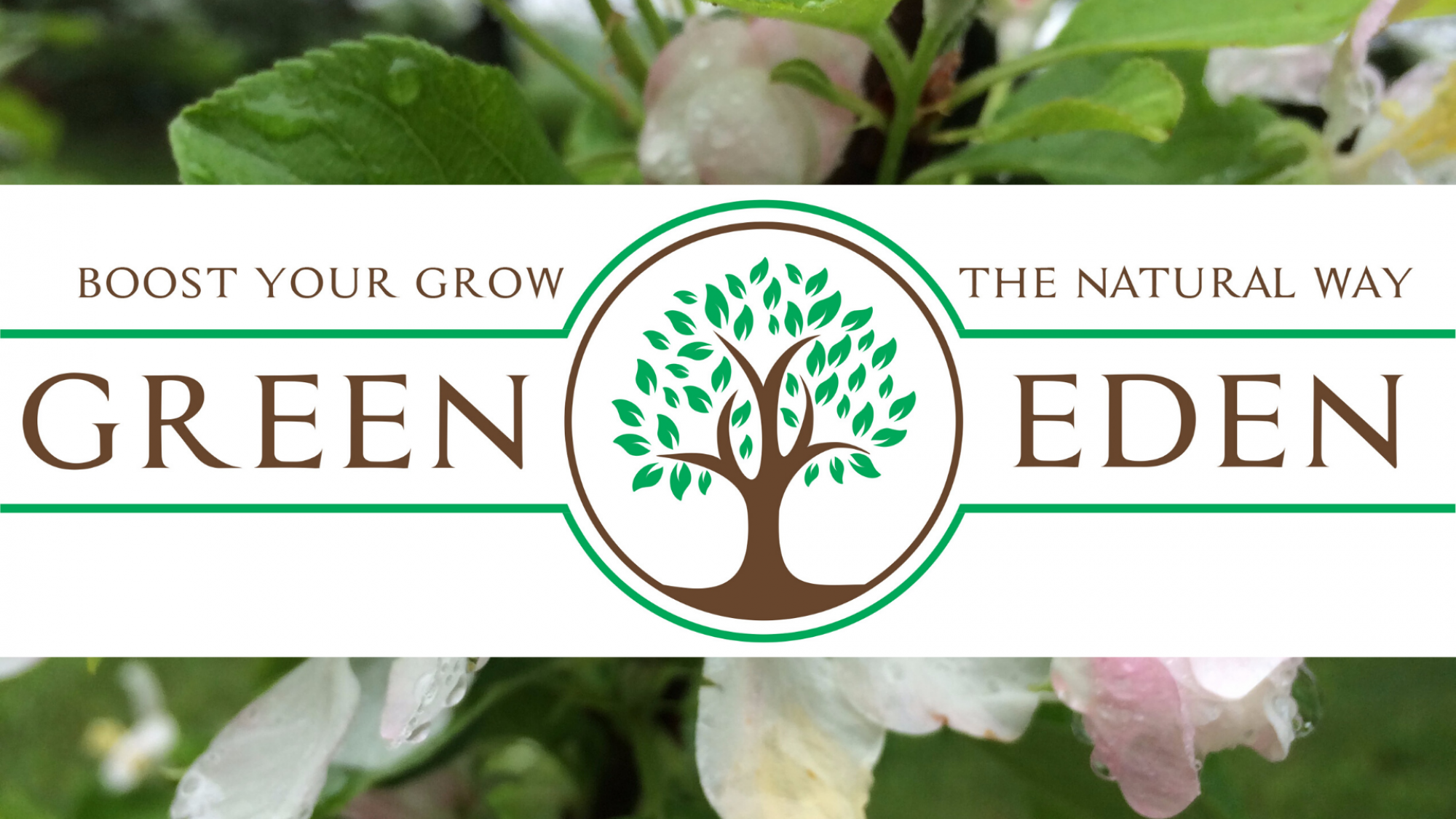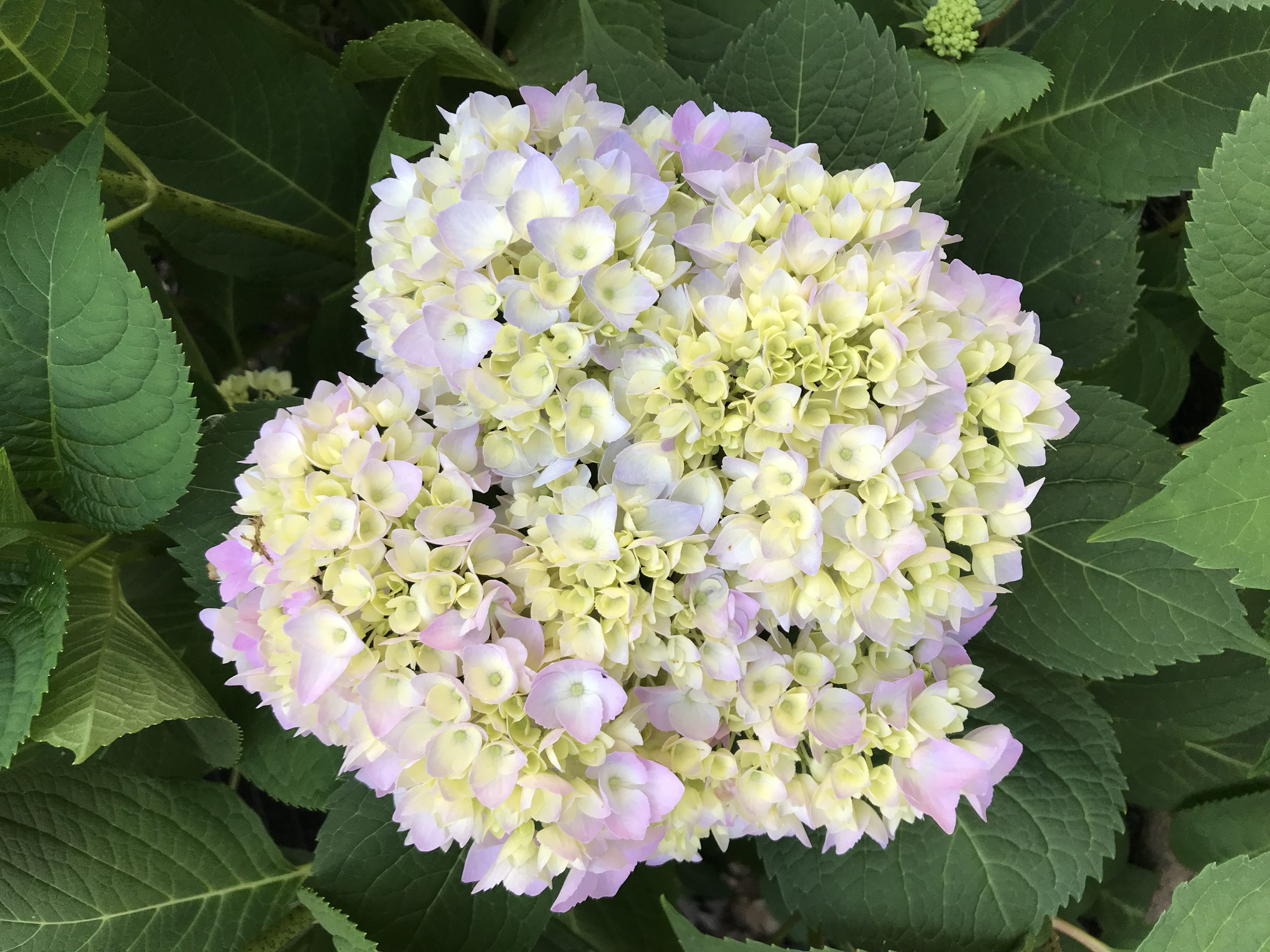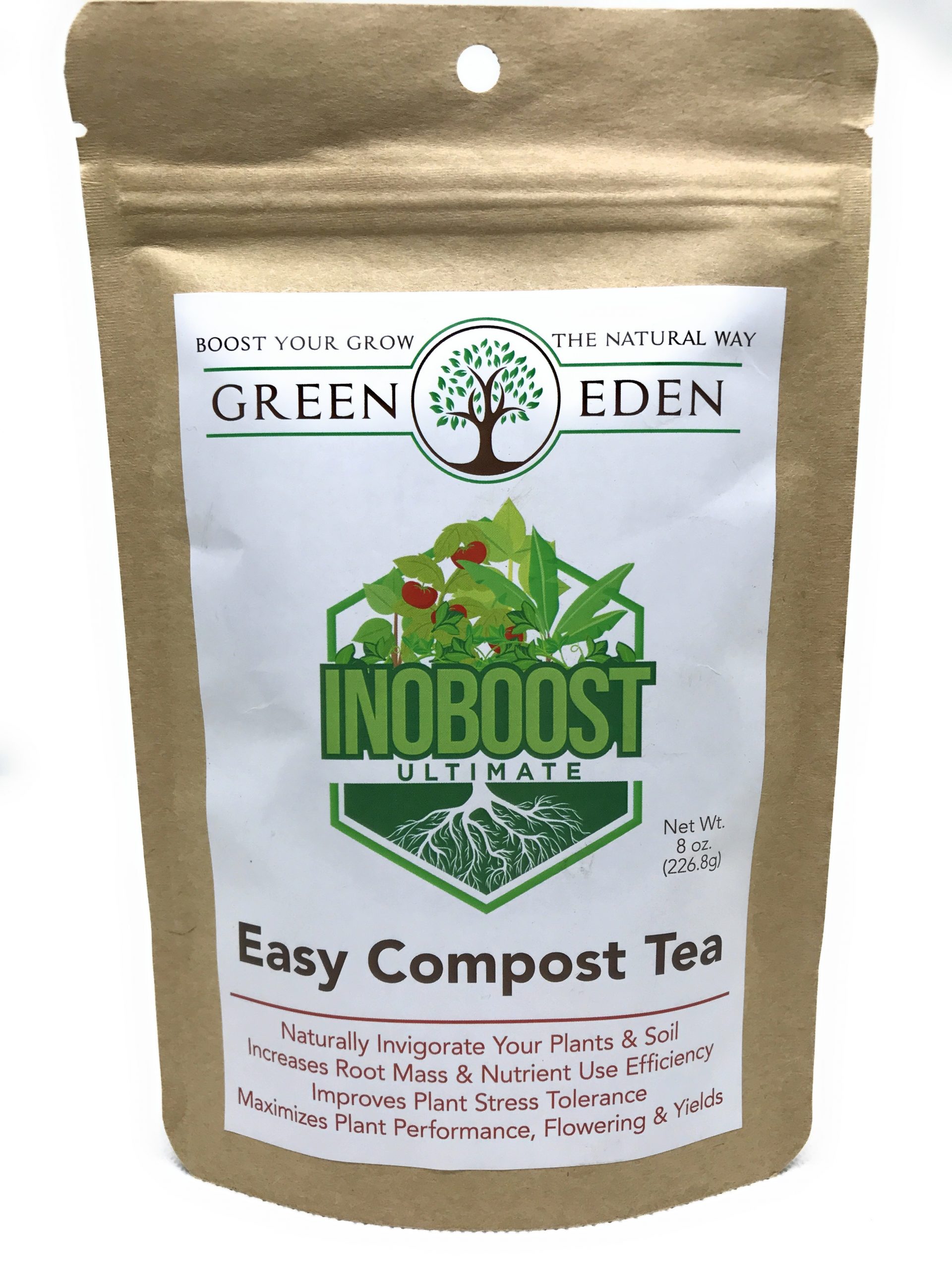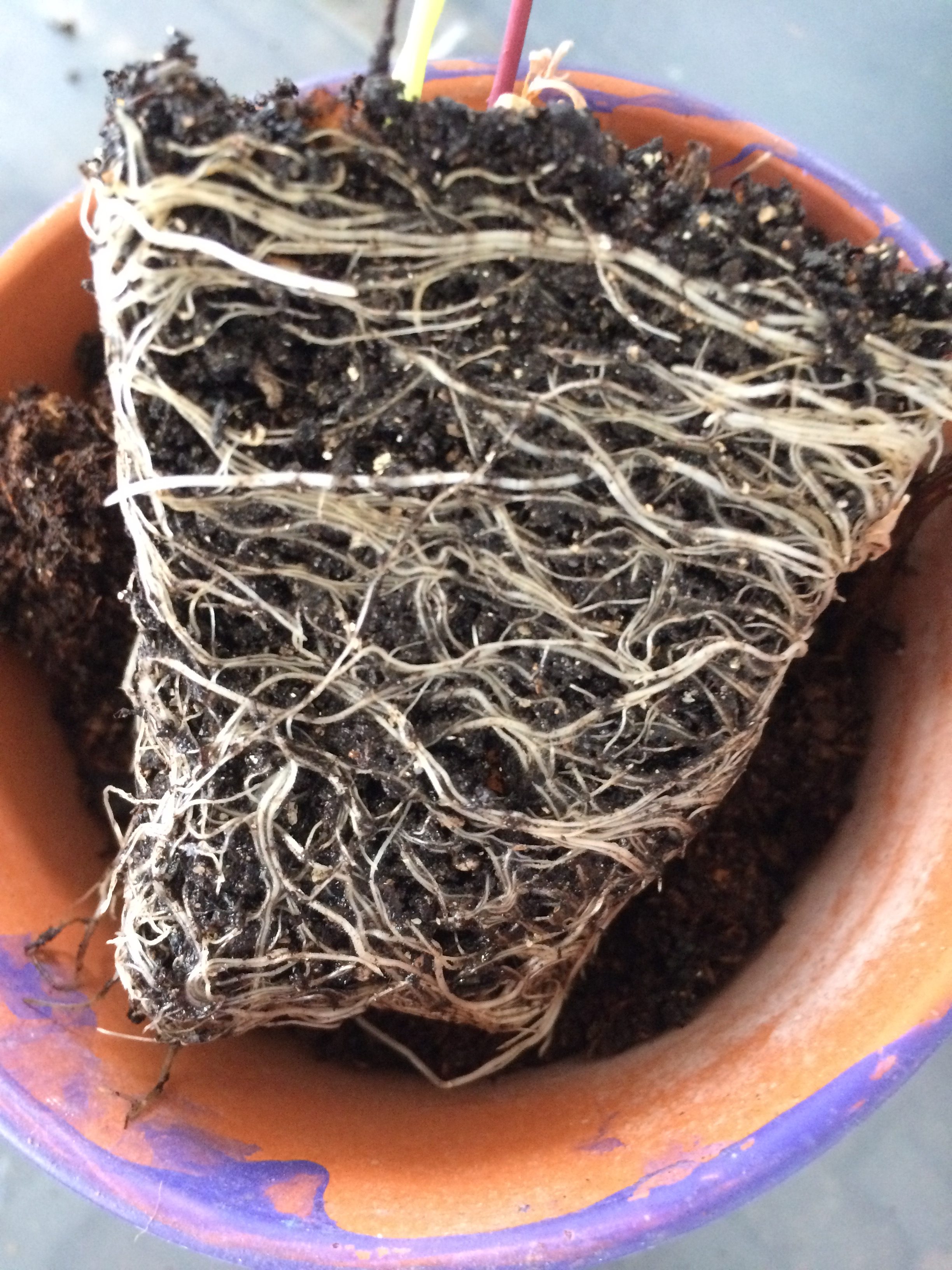Mycorrhizal Fungi Benefits in Hydroponic Systems
The mutual relationship between Mycorrhizal Fungi and plants is a true wonder of nature. Mycorrhizal Fungi are thought to have been essential in bringing plants to land some 450 million years ago! Across millennia, this relationship has evolved and formed the landscapes that surround us. Mycorrhizal made the evolutionary leap from water to land. It only makes sense, then, that Mycorrhizal Fungi for hydroponics can also enable this unique symbiosis. Using the best mycorrhizal products, and quality inputs, a simple hydroponic setup can yield awesome results.
There is a lot of information out there on how Mycorrhizal Fungi benefits plants grown in soil. If you want to read more about that, check out the Mycorrhizal knowledge here, here, and here.
The bottom line is that adding Mycorrhizal to your grow can reduce the rate of pathogen attack, improve stress tolerance, and promote plant growth, yield, and quality. This holds true if you are growing in soil or in Hydroponics.
What Does Mycorrhizal Fungi Do For Plants In Hydroponics?
- Increases Nutrient Use Efficiency and Uptake
- Provides Plant Stress Protection
- Improves Crop Quality and Yield
The majority of research on Mycorrhizal Fungi has focused on plants grown in soil. Hydroponic growers can also greatly benefit from using Mycorrhizal in their grows. Let’s break down the types of Hydroponic Systems you can use and why you should consider using Mycorrhizal in your next Hydroponics grow.
What are Hydroponics?
Hydroponics are most easily defined as a method of growing plants without soil, where the plants are maintained with a nutrient rich water solution. There are many different ways that hydroponic stems can be setup:
Types of Hydroponic Growing Setups
-
Wicking Systems:
The wick or passive system is an excellent model for cultivating indoor plants. It is a self-feeding model that does not require a water pump. Water or nutrient solution in a reservoir is supplied through a wick or fibrous materials (typically nylon) that can absorb and transport water from the reservoir to the root area by capillary action. The wick system is rarely used commercially, but the system has been used in small-scale gardens, such as personal home or office gardens, to grow flowering plants because of its simplicity. Even though it effectively inhibits the diseases common to overwatering, the wick system is not suitable for large or long term plants, which need a larger amount of water than the wick can supply.
-
Deep Water Culture (DWC)
Most modified hydroponic systems were originally derived from the water culture system. The DWC system is a simple model, composed of a reservoir, an air stone, a tubing system, an air pump, and a floating platform. With improvement of aeration methods to keep dissolved oxygen, DWC was developed so that plants can be grown with roots constantly suspended in water. Unlike the wick system, it produces food actively. A floating platform supports plants or pots in a reservoir, where the root parts are constantly immersed in the water or nutrient solution and oxygen is supplied by an air pump and air stone. For optimization of growing conditions, it is necessary to monitor the oxygen and nutrient concentrations, salinity, and pH. Although all kinds of plants grow well in this system, large or long-term crops may not, and algae and molds can grow rapidly in the reservoir.
-
Nutrient Flow Technique (NFT)
The nutrient film technique (NFT) system was generated in the 1960s to compensate for the weak points of the ebb and flow systems. NFT systems can provide water and nutrient constantly and make oxygen-rich conditions by controlling flow and water depth. Water, or a nutrient solution in a reservoir, circulates throughout the entire system. It enters the growth tray via a water pump without a time control, and then constantly flows around the roots. The solution is collected and reused, and the amount of water is controlled by the slope of the tray and the power of the water pump. However, the roots are susceptible to fungal infection because they are constantly immersed in water or nutrient solution.
-
Ebb & Flow (Flood & Drain)
The ebb and flow system was one of the first commercial hydroponic systems. It uses an automatic flood and drain watering technique, in which plants are flooded temporarily and periodically. Application of various media around root area is the great strength in the system. The water or nutrient solution in the reservoir ascends to a growth tray via a water pump, accumulates to a certain level, and stays in the growth tray for a set amount of time, providing water and nutrients to the plants. After a predetermined time, the solution is drained back into the reservoir through a tubing system. This circulation system requires continual observation to control the amount of water provided to the system.
Although it is possible to grow many different kinds of plants and provide them with a large amount of water, root disease and growth of algae or molds may easily occur in this system; therefore, some modified ebb-flow systems include a filtration step or other method for sterilization of the water.
-
Aeroponic
An aeroponic system enables even control over the root system delicately and does not require media. Using a high pressure sprayer with a micro-inject nozzle, water or a nutrient solution is sprayed around the roots by a water pump and provides a highly oxygenated nutrient solution to plants. Supports maintain the pots or plants, the water or nutrient solution is in a mist form, and is supplied for a specified period using a special nozzle and an electronic timer. Customizing the misting cycles to particular plants is important, because their roots are exposed to the air and can dry rapidly. The mist can easily be affected by the outside temperature, which makes these systems difficult to operate under cold or frigid conditions.
This system is rarely used commercially because the system is expensive for installation and maintenance as it needs frequent cleaning to prevent plant disease and clogging of spray heads. Also, partial failure of the aeroponic systems may easily cause damage or kill plant.
-
Drip
The drip or drip irrigation system has been widely used in commercial systems for many years. Water or a nutrient solution in the reservoir is delivered to each plant or pot using a pump with the amount of water for each plant adjusted by an electronic timer.
The drip system is divided into two models, recovery and non-recovery, depending on the processing of the reused water or nutrient solution. In the recovery system, the water or nutrient solution is collected and returned to the reservoir and then recirculated through the system. This makes it more economical than the non-recovery model, but reusing the solutions may result in pH changes and growth of algae or mold in the reservoir or tubing system. In the non-recovery drip system, the amount of water or nutrient solution needs to be frequently monitored in the reservoir to ensure that enough water or nutrient solution reaches the roots of the plants. The system is also vulnerable to power outage causing stress or death to plants.
-
Window Farming
Window farming is an emerging concept in urban agriculture for space-saving and enabling residents to grow vegetables and herbs all year-round in urban settings with an available window. The window farm system is generally a vertical hydroponic system constructed of simple household materials, including plastic bottles, a water reservoir, and a small scale water pump with tubing. Water circulates through the system via an automatic drip configuration using a pump and an electronic timer. The sun supplies natural light, although artificial light may be needed on cloudy days.
The vertical windowfarm system requires much less space than traditional hydroponic systems and provides an alternative method for growing crops in urban environments. This trend is expected to continue, as window farming needs low input, creates sustainable agriculture in urban areas, including food deserts, and is able to provide urban residents with fresh and healthy foods.
Deep Water Culture (DWC) is a popular way that many growers get into hydroponics. The systems are easy to set-up, scalable, and grow great plants when you get it right! But can Mycorrhizae be used in DWC? Absolutely! As well as any other hydroponic setup…
Now, let’s get to the roots of how a successful Hydroponic system should work. And why you should use Mycorrhizal Fungi for Hydroponics.
Hydroponic Growing Best Practices
- pH(5.5-6.7)
- Oxygen/Aeration (fully aerobic) 6-8ppm
- Clean Water: Chlorine (dissipates)/Chloramine (more difficult to remove)
- Temperature 65-75 deg. F)
- Nutrient Concentration (up to 30% increased efficiency with mycorrhizal)
- EC (Electrical Conductivity) 1.2-2.0
- Resevoir/Water Changes Every Week
Common Growing Mediums for Hydroponics
- Rockwool: Shown to increase pathogen resistance in soilless systems
- Coco Coir: Substitute for peat, free of bacteria and most fungal spores, excellent water retention
- Clay Pebbles: Lightweight expanded clay aggregate (LECA) used frequently in hydroponics
- Gravel: Inexpensive, easily cleaned, drains well, works best in continuous flow systems
- Oasis Cubes: Rigid, open-celled, sterile foam, easily irrigated
Why Should You Use Mycorrhizal Fungi in Hydroponics?
- Faster Growth/Bigger Yields (constant access to nutrients)
- No Weeds (no cultivating, watering, tilling, etc.)
- Water Savings (re-cirulated water)
- Can be Grown Indoors in a Small Area
- More Controlled Environment/Inputs for Better Quality and Production
Mycorrhizal Fungi plays a significant role in Hydroponics, just as it does for soil grown plants.
Common sense might argue that Mycorrhizal couldn’t work in a soilless growing system. However, there is one significant factor that both soil grown and hydroponic systems share. The rhizosphere, or root zone.
When Mycorrhizal Fungi colonizes plants, they greatly increase the surface area of plant roots. This colonization recruits bacteria, fungi, and many other microbes. Think of it like an internet for plants. The Mycorrhizal Network…
Beneficial Bacteria, fungi, and microbes use this ecosystem for mutual benefit with the plant. They get Carbon from the plant for energy, in exchange for chelating nutrients, protecting against pathogens, and improving stress tolerance.
Just as in soil, this Mycorrhizal network forms around plant roots in hydroponic setups as well. With some minor differences. Because of the way hydroponics work, microbe concentrations decrease much faster than in soil. For this reason, it is important to re-apply at every water change. This is due to the fact that microbes will not reproduce as rapidly in hydroponics as compared to soil.
Maintaining a healthy ecosystem in hydroponics is extremely important. As fluctuations in nutrient load, aeration, temperature, etc. can invite pathogens and root rot (Fusarium, Pythium etc.). The beauty of incorporating Mycorrhizal and beneficial microbes in hydroponics is that they help to regulate nutrient use efficiency, pathogen attack, and changes in environment. Maintain an oxygen rich, heathy environment for your plants and enjoy increased plant health, production, and yields!
An important note for using Mycorrhizal Fungi in Hydroponics: Phosphorous greatly diminishes Mycorrhizal growth. When plants go into their flower cycle, Phosphorous requirements increase greatly. Therefore, Mycorrhizal application should stop approximately 2 weeks before flowering. This allows your plants to transition into the flower cycle by focusing on acquiring the nutrients they need for maximum flower yields.
How long does it take for Mycorrhizae to Work?
Mycorrhizal Fungi can begin to colonize plant roots in as little as 1-2 days. The most effective strains of Mycorrhizal begin colonization within one week. The process of colonization continues, with noticeable results showing in as little as 30 days. There are many factors that contribute to the time that a Mycorrhizal colony will show obvious plant benefits. These include your growing setup, plant species (strain), environmental factors, and more.
In Hydroponics, it is important to apply multiple doses of Mycorrhizal through the early stages of plant development. This is partially due to the fact that in hydroponics there is frequent water movement and/or the suspension of roots in solution. Therefore, its is ideal to inoculate at every water change to guarantee complete root colonization and Mycorrhizal benefit.
What is the Best Mycorrhizae for Hydroponics?
- High Spore Counts (guaranteed analysis of propagules/spores)
- Multiple/Diverse Species (effective strains maximize colonization success)
- Value-added combinations of Beneficial Bacteria, Fungi, Amino Acids, Plant Extracts, etc. (A biodynamic root zone ecosystem)
A quality Mycorrhizal for Hydroponics requires a product that contains spore counts that will be high enough to actively colonize the largest volume of roots possible, in as short amount of time as possible, for best results. Lower spore counts mean that colonization will be slower, and less complete. Therefore the benefits that Mycorrhizal provide will occur more slowly.
A high spore count, in combination with a diverse blend of species, is ideal for the fastest and most complete benefit from Mycorrhizal for your plants. Higher spore counts mean that more roots will be inoculated. And will expand the root zone faster. A diverse mix of species will allow the best chance of colonization. This is because every grow is different, plant requirements are different, and change over time. Where one species may take a larger share of the rhizosphere than another. Because of these changing plant needs, the specific species of Mycorrhizal can change throughout a plants life cycle. This is due to many factors, including the stage of plant development (seedling/vegetative/flower), growing conditions, environmental factors, substrate (soil type) etc.
The symbiosis between plants and Mycorrhizal is complex. Many studies have shown that combinations of multiple Mycorrhizal and Beneficial Bacterial species show greater benefit to plants. Specifically, they create a better plant health and growth promoting environment.
This is because a wide diversity of species have different lifestyles and functions that complement the needs of the plant through its life cycle. Certain Mycorrhizal Strains dominate depending on the environment they are in. The microbes and fungi that habitate the rhizosphere use the Mycorrhizal network to survive. In return, they provide numerous benefits to plants colonized by Mycorrhizal:
- Plant Growth Promotion
- Protection Against Pathogens (performed in numerous ways)
- Solubilization of Nutrients/Increased Nutrient Availability (Phosphorous, Nitrogen, etc.)
- Organic Acid Production (assists in chelating nutrients)
- Plant Hormone Production (Auxin & Cytokinin production for root/shoot production)

Mycorrhizal Fungi For Hydroponics Grow Better Plants
It’s all about the root zone!
Sterile vs. Non-Sterile Growing Environments
Old school thought in hydroponics has been to keep as sterile an environment as possible. In order to prevent contamination from pathogens, maintain nutrient uptake and optimal water quality (pH, EC, etc.). The reality is it is almost impossible to maintain a completely sterile growing environment.
Instead, a robust, diverse concentration of Mycorrhizae, Plant Growth Promoting Rhizobacteria, and Beneficials gives plants an environment to thrive, and produce monster yields!
The common practice of keeping hydroponic systems as sterile as possible has been perpetuated. There is still a lot to learn about using Beneficial Fungi and Bacteria in Hydroponic systems. Especially for crops like Cannabis. Current research is showing that the addition of Mycorrhizal Fungi and Beneficial Bacteria into Hydro Systems can have many benefits in terms of crop quality, health, and yields.
These Biodynamic systems, just as in traditional systems, need to be highly regulated and well-managed. With technology constantly evolving and automation entering into growing operations, there is a great opportunity to incorporate these ‘living soil’ practices into Hydroponics. Just as in a living soil environment, where the science has shown there are many benefits for plant success, the rhizosphere of plants in Hydroponic grows can mimic nature. And grow great plants.
Boost Your Grow The Natural Way
p.s. If you found value in this post, please like, share, and sign up to follow the knowledge from GreenEden. The Natural Way to Plant and Soil Care.
FAQ’S about Mycorrhizal and Plant Biostimulants
references:
Plant-Growth Promoting Rhizobacteria in Soilless Cannabis Cropping Systems: Implications for Growth Promotion and Disease Suppression. Linus Söderström. Swedish University of Agricultural Sciences. 2020.
Beneficial Bacteria and Fungi in Hydroponic Systems. Lee et. al. Nov. 2015. Scientia Horticulturae, vol. 195, pg. 206-215.
Utility of AMF for Improved Production & Disease Management in Organic & Hydroponic Greenhouse Crops. Mishra et. al. 2018 Journal of Horticulture – 5:3.
Optimization of Hydroponic Technology for Production of Mycorrhiza Bio-fertilizer. Nurbaity et. al. 2019 IOP Conf. Ser.: Earth Environ. Sci. 347 012017
Taxonomic basis for variation in the colonization strategy of arbuscular mycorrhizal fungi. Hart, Reader. Feb. 2002. New Phytologist.
- Beneficial Bacteria
- Biostimulants
- How to
- Mycorrhizae
Mycorrhizal Fungi For Hydroponics

How to Apply Mycorrhizal Fungi: A Beginners Guide

How Do Mycorrhizal Fungi Help Plants
Why Are Mycorrhizae Important To Plants and Soil?
Simple Living Soil Recipe for Seed Starting
How To Grow The Best Plants Naturally With EndoBoost Hydro

EndoBoost Pro Benefits Soil and Plants

What Are Plant Biostimulants and How Do They Benefit Plants?

Compost Tea For Plants – The Easy Way

7 Reasons You Should Be Using Mycorrhizae In Your Grow

Mycorrhizae Compatible Plant Species List
The Internet of Plants – A Mycorrhizal Network



















